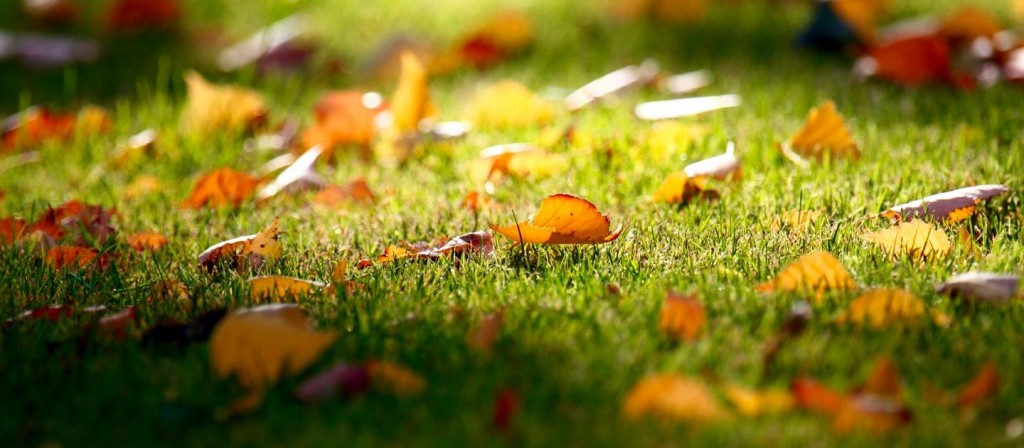
Autumn is coming. While fall is harvesting season it also marks an important transition period for your community garden. The work that needs to be done now not only prepares your plot for the season at hand, but for the ones to follow. This care will ensure that your garden remains healthy for years to come.
6 Tips to Preparing Your Community Garden for the Fall Season
1. Trim Dormant Perennials
Identify the perennial plants in your garden that have already gone dormant for the season. Perennial fruits and vegetables common to the community gardens of many Canadian climates are asparagus, artichoke, horseradish, raspberries, blueberries, rhubarb, garlic, and kale to name a few. You may also have perennial flowers in your garden. You can easily identify the dormant ones by the color of their leaves. If yellow or yellowing it’s time for a trim. If still green, wait until they turn. Also take note of any perennials that have grown too large. Seasonal trimming allows you the opportunity to uproot some of them (and move them to another plot) to make room for controlled growth.
2. Remove Diseased/Infected Vegetation
The summer months may have brought inspects or other disease-causing agents that have infected some of the plants in your community garden. Perform a comprehensive inspection of the area and promptly remove any foliage that evidences disease. If left, disease spores will form and be introduced into your community garden’s eco-system in the spring. Even during the early autumn weeks disease can spread, leaving you with an ill garden by the time spring comes back around again.
3. Composting Leaves for Your Garden
Did you know that on average leaves contain twice as many minerals as manure? They contain large amounts of fibrous organic matter that when composted will serve your garden well. Save money (and your sense of smell) by taking advantage of the fallen leaves of early autumn. Use a small garden-safe leaf sweeper which will not disturb your vegetation and soil in the same manner a traditional garden rake would. Collect the dried leaves and compost them for use on your community garden. One small note of caution – never compost walnut tree leaves for your garden. They contain a chemical that can harm vegetable plants.
4. Mulching to Protect Garden and Retain Moisture
Mulching helps protect your community garden’s soil from the pounding autumn rains in addition to the foot traffic (human and animal) that may frequent the property without thick spring/summer vegetation to deter the path. Mulching can also help control weeds, warm soil temperatures, and help your garden retain moisture – which is essential when a dry autumn is forecast, such as anticipated for Canada this season.
5. Preserve Your Seeds
Autumn is the time of harvesting and you’ll have a bounty of seeds to collect and save for next season, and the next. Sustain the life of your community garden well into the future by learning and practicing these optimal methods of seed preservation.
6. Plant for the Season Ahead
Plan ahead for the next harvest by planting new fruits and vegetables while the soil is warm enough. Late summer and early autumn can serve as a perfect time to plant seeds that you did not have the chance to before. Roots can still grow before the ground reaches freezing temperature. Garlic especially responds well to October planting, so you may want to invest in a pasta-maker now in anticipation. Take note of these best plants for community gardens in moderate climates (appropriate to many Canadian regions) and start planting!







